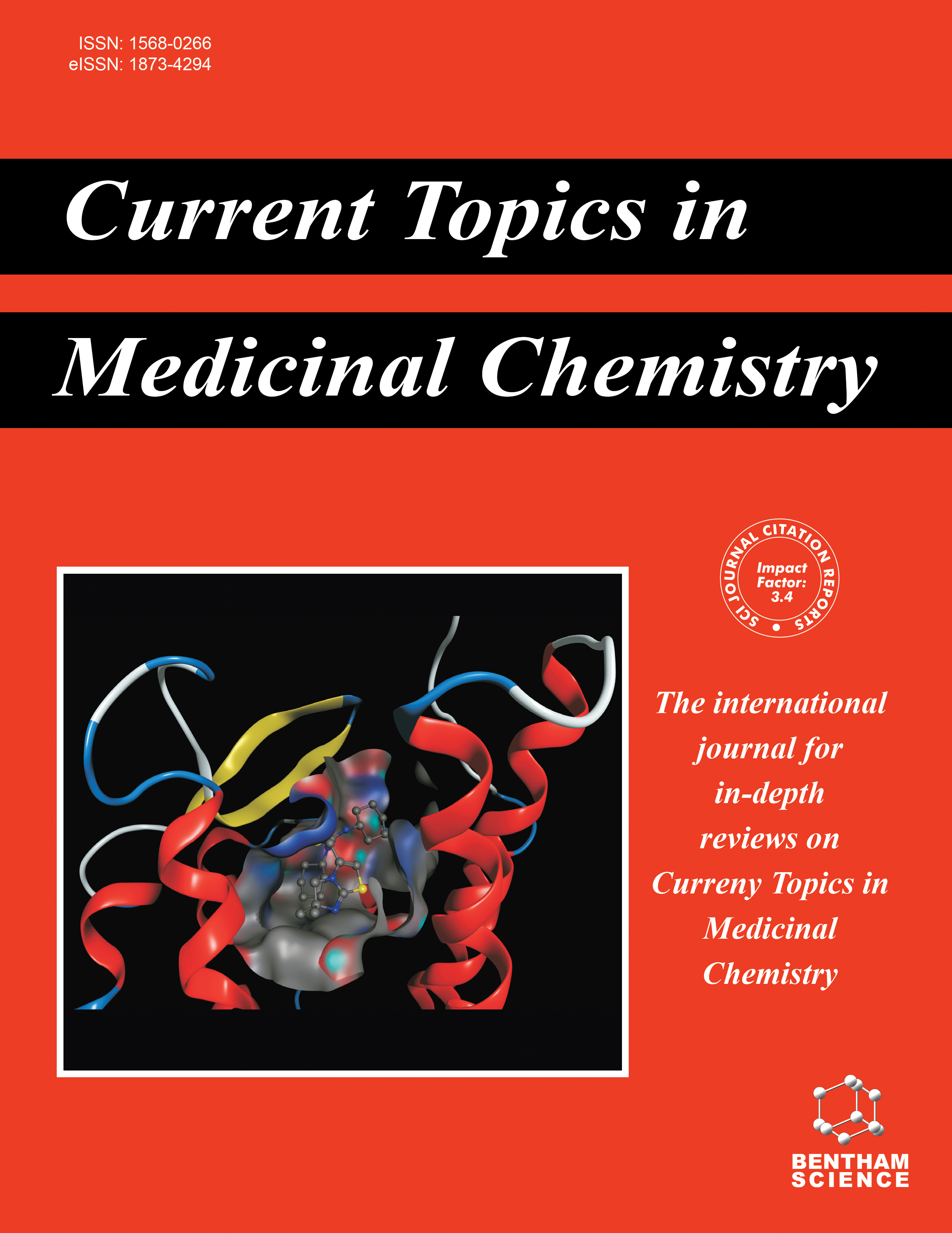
Full text loading...
Zika (ZIKV) is a virus transmitted by mosquitoes that can cause Guillain-Barré syndrome and congenital malformations like microcephaly. Given its explosive resurgence and the resulting epidemics in 2016, the search for effective antiviral drugs has become absolutely necessary.
In this study, we examined the potential of naphthoquinone derivatives that have a sulfonamide or sulfonate group to inhibit ZIKV replication in primary cultured neurons and in Vero cells.
In our in vitro studies, we found that PAV05 had low cytotoxicity with a CC50 of 329 µM ±3.6 for Vero cells and 290 µM ±3.5 for neurons. Additionally, we observed a strong inhibitory activity on viral replication with an EC50 value of EC50 of 0.92 µM ±0.15 in Vero cells, resulting in a Selectivity Index (SI) of 357. Even when added 16 hours post-infection, PAV05 maintained its inhibitory effect. When PAV05 was evaluated in sub-optimal concentrations together with Ribavirin, we observed a strong synergistic effect, with an inhibition greater than 90% even at doses of 0.5 µM. In silico tests suggested that PAV05 may have effects on ZIKV NS2B-NS3.
The ZIKV inhibitor described in this study shows promise as a compound for the development of therapies against ZIKV. It may also be considered for inclusion in the portfolio of broad-spectrum antiflavivirus inhibitors.

Article metrics loading...

Full text loading...
References


Data & Media loading...

